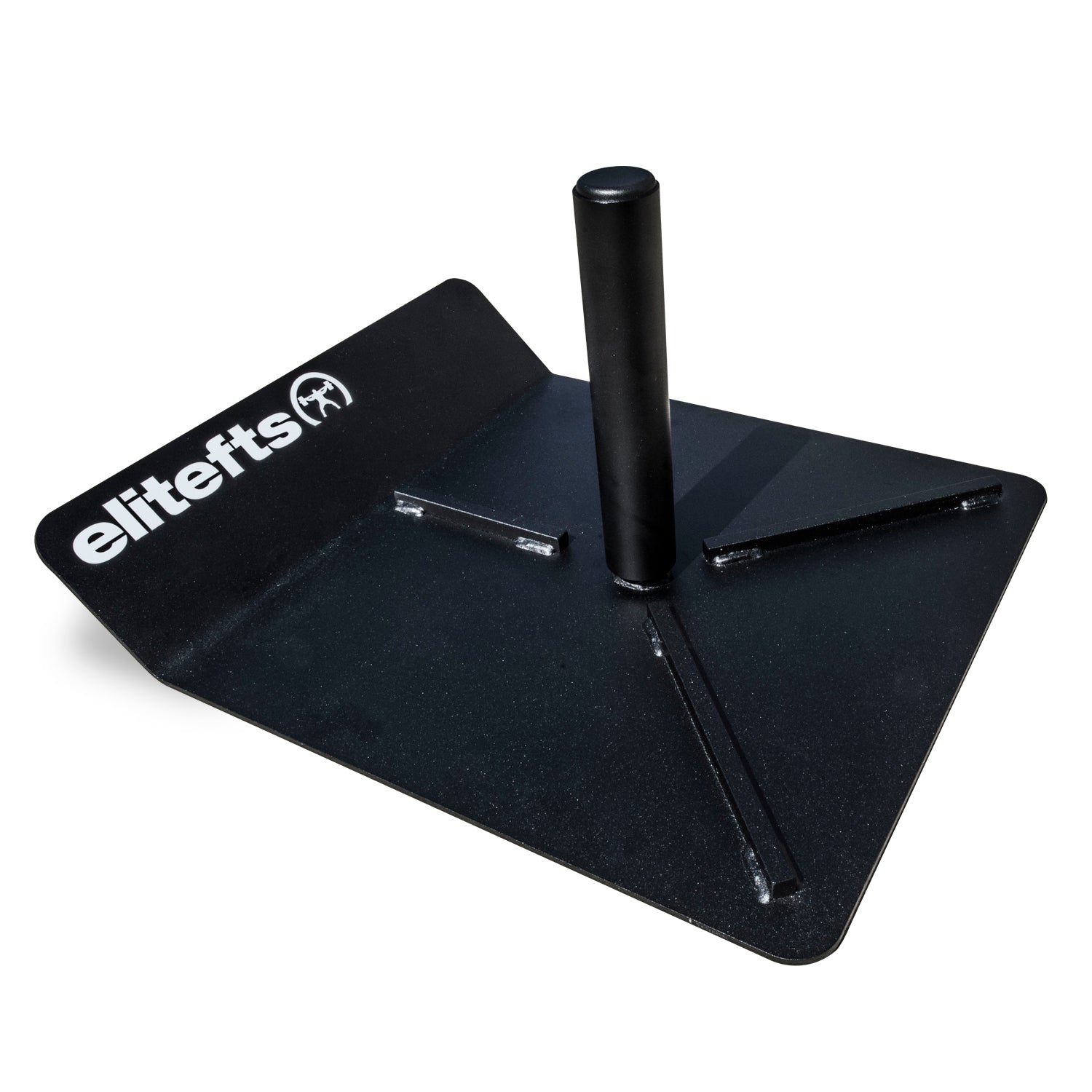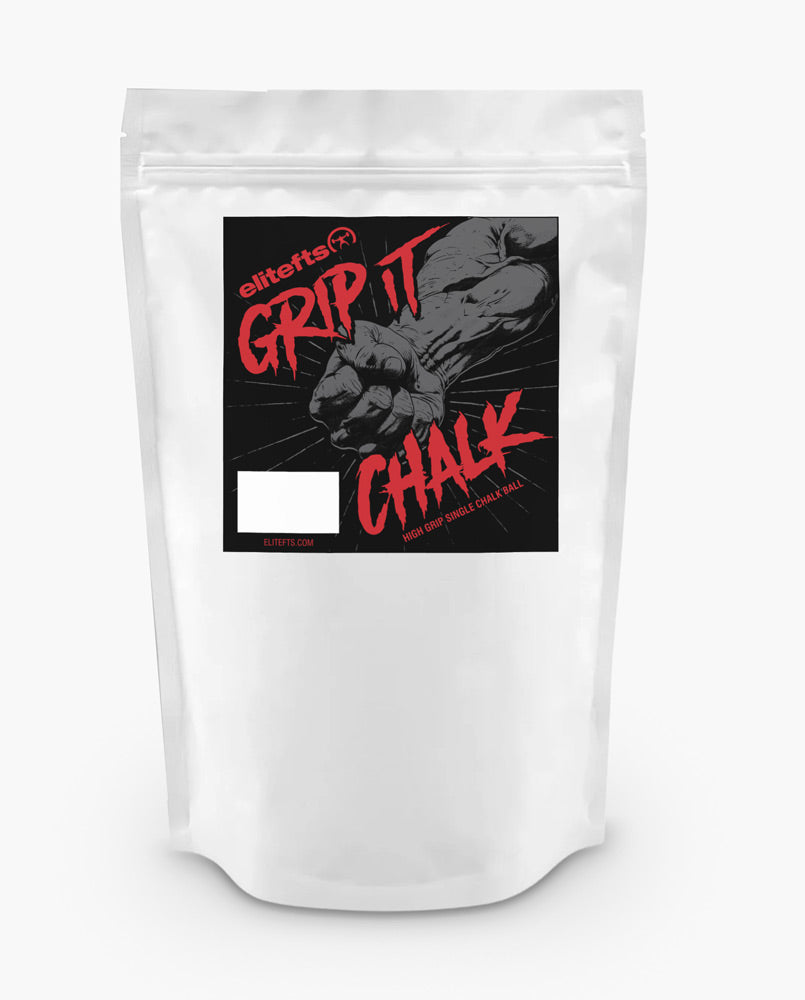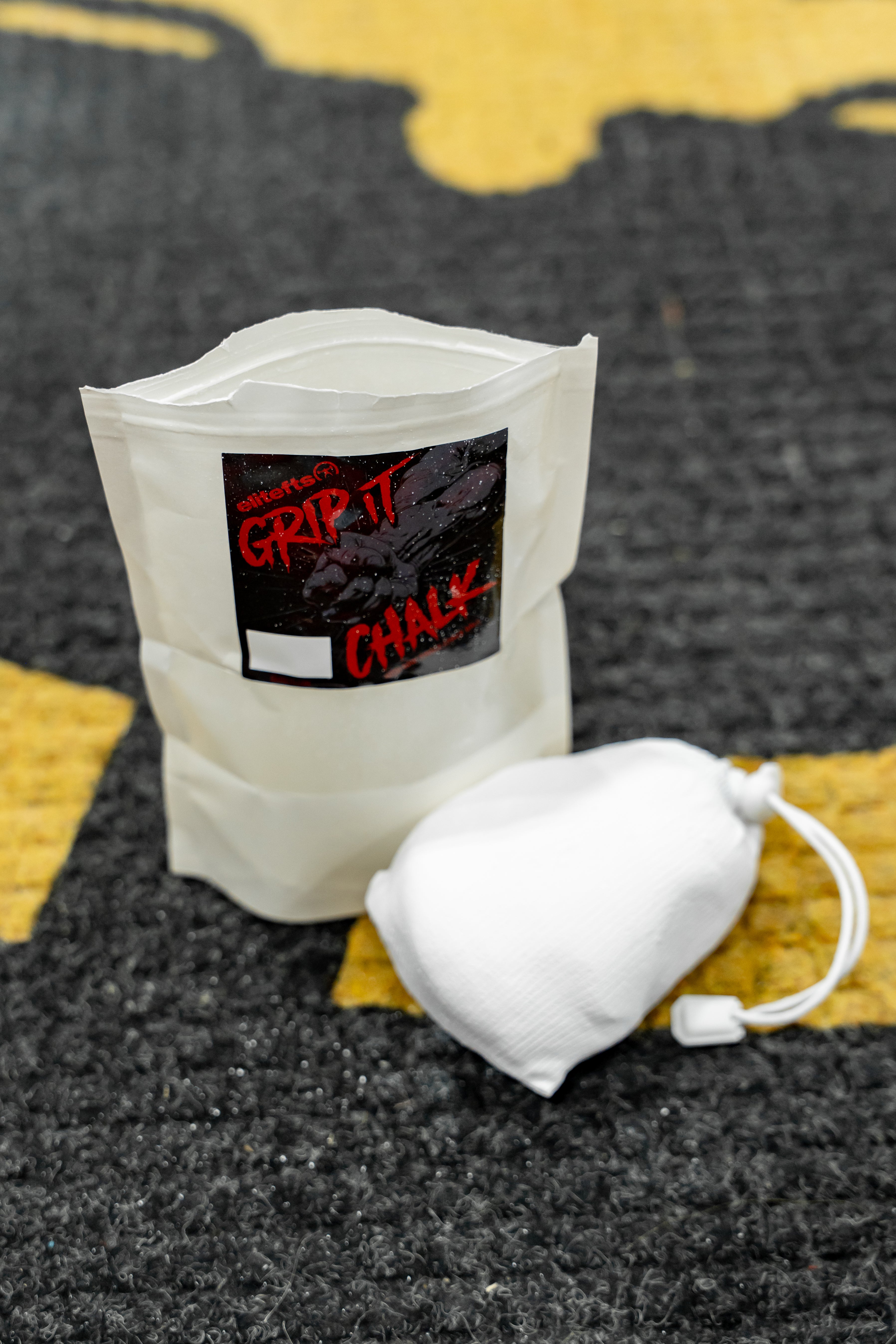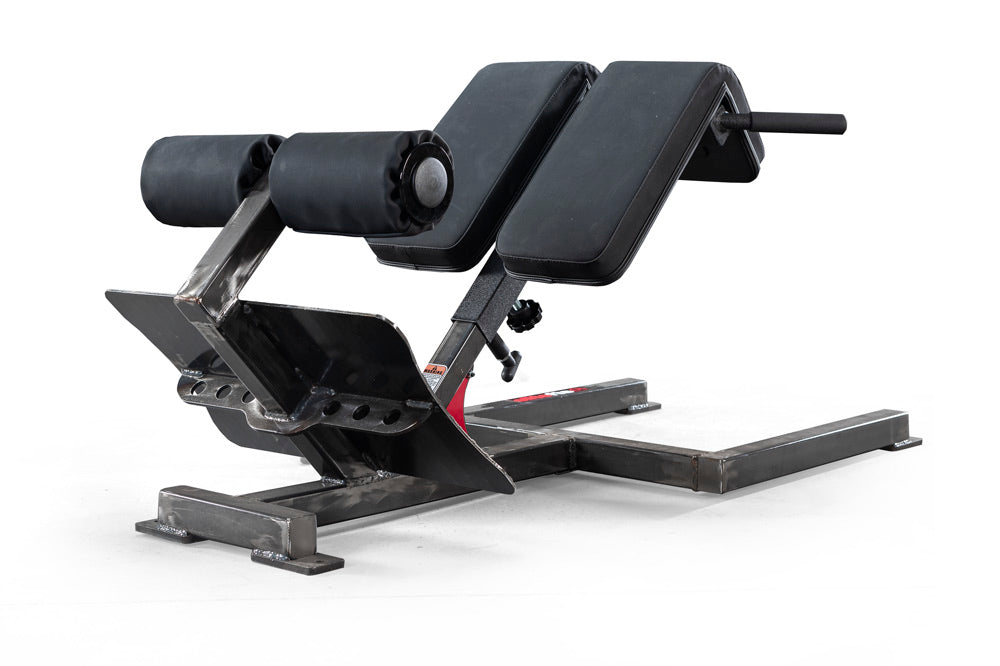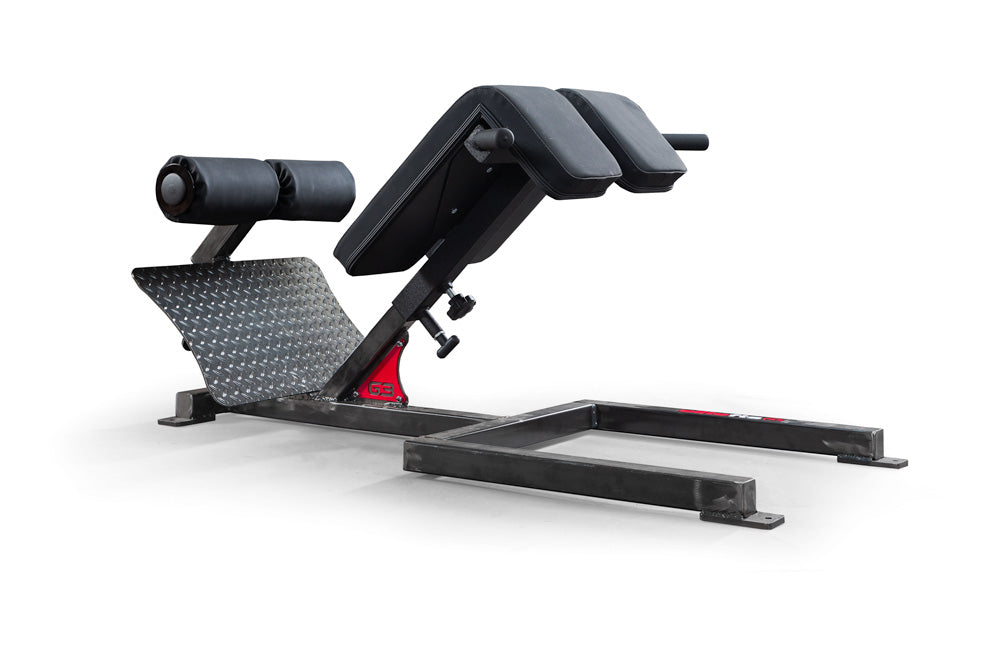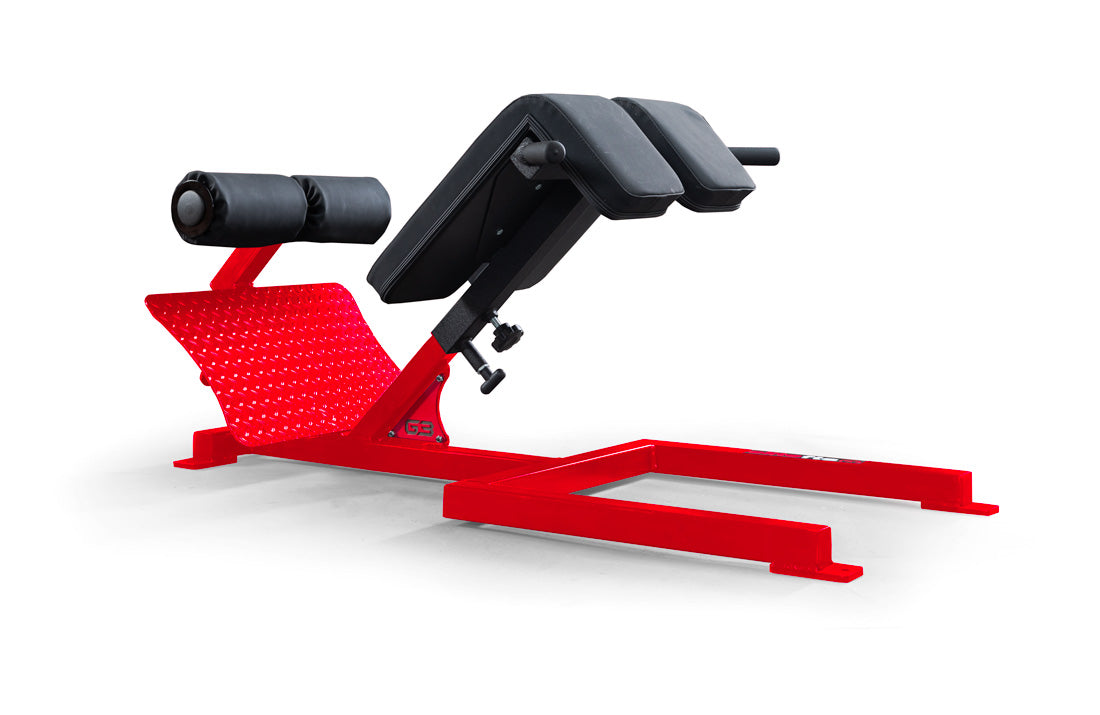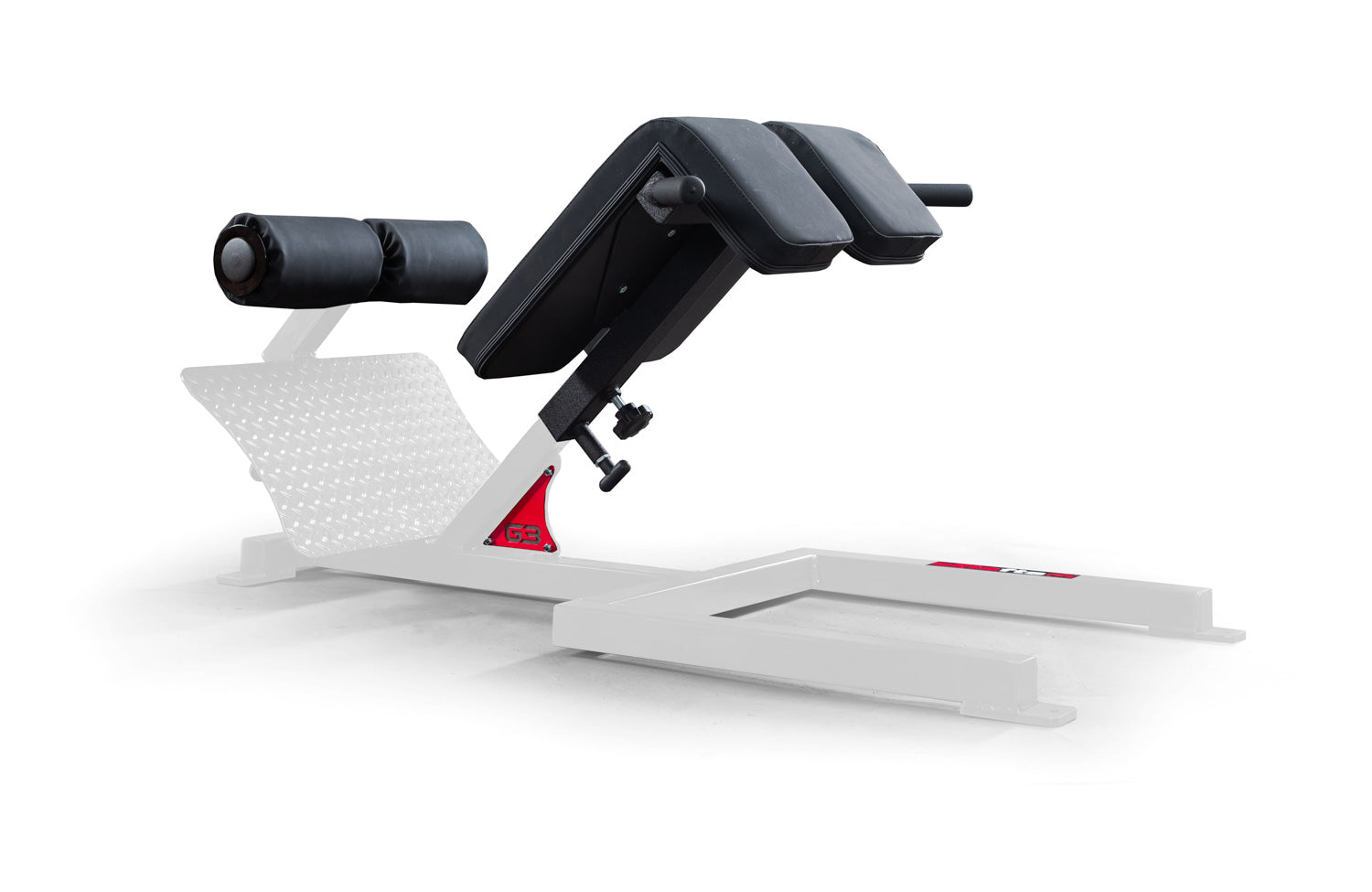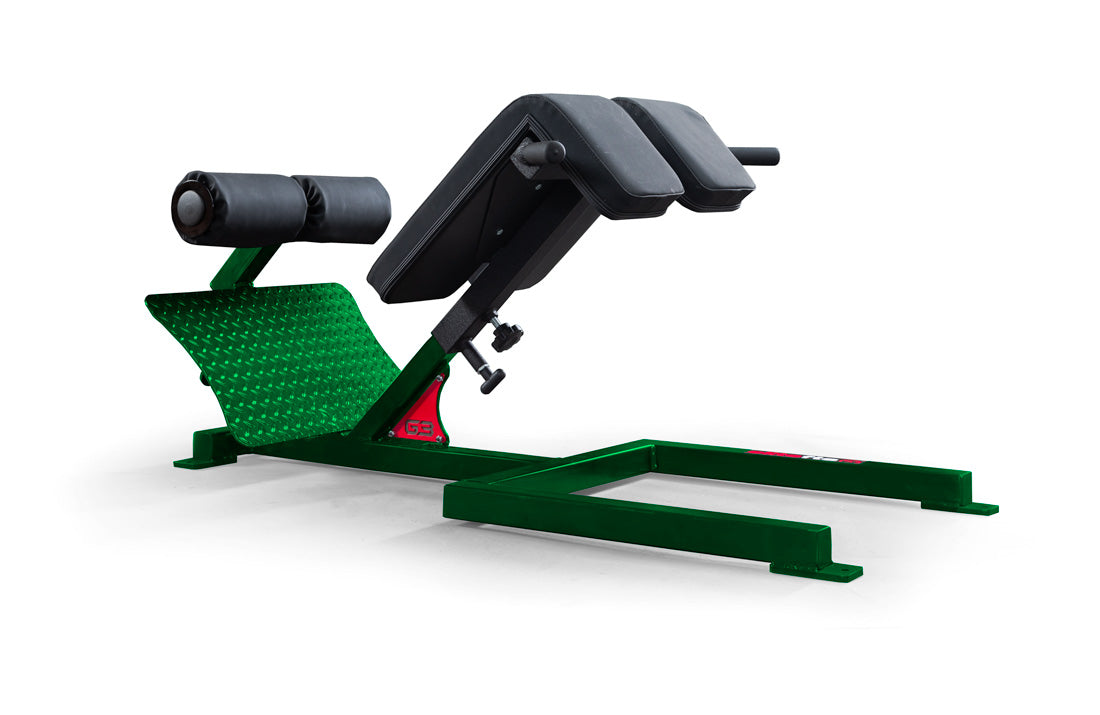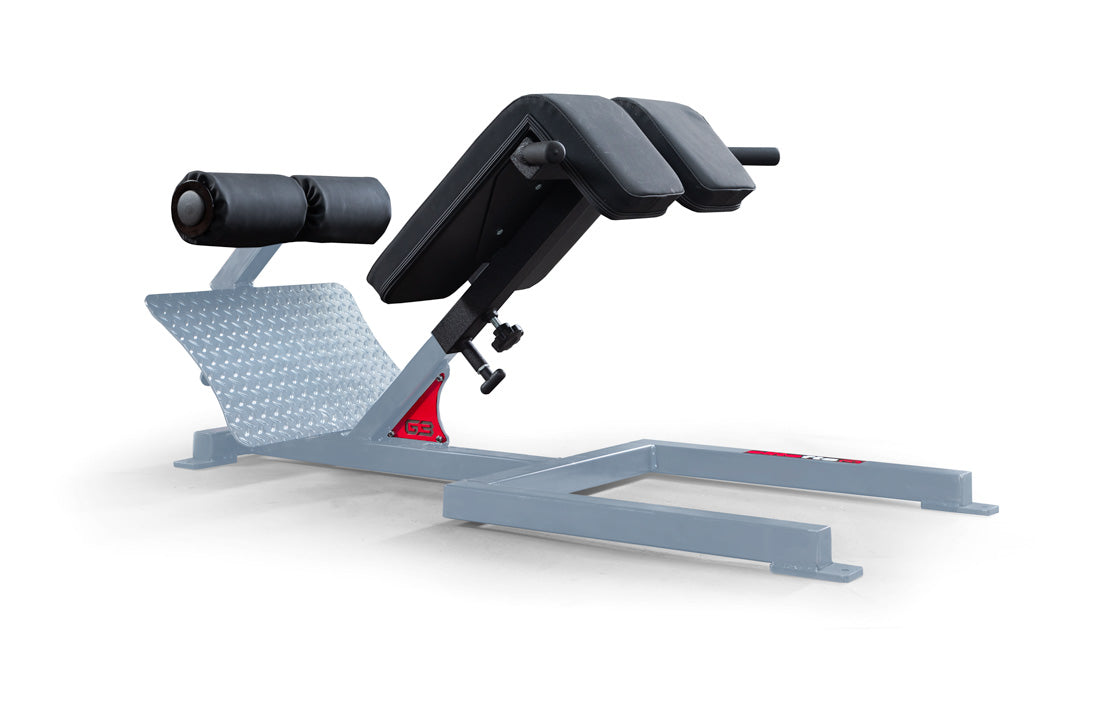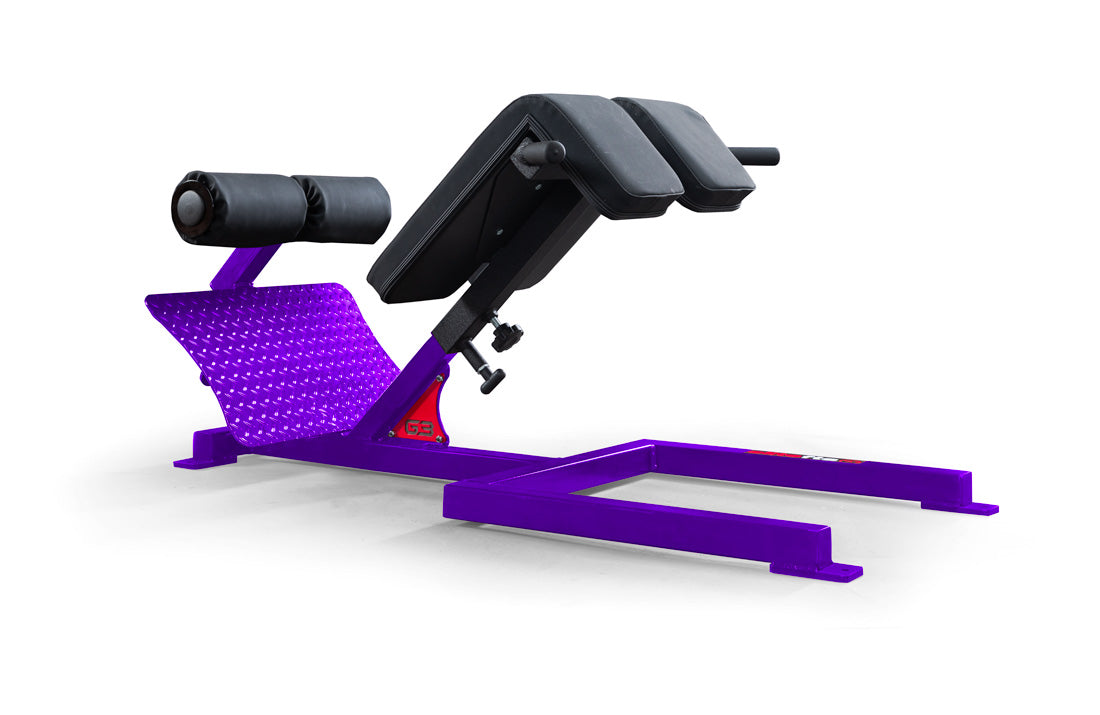elitefts™ Sunday Edition I hate the word dieting...even though I use it all the time. It’s how I categorize my contest prep phase–dieting. Understandably, not everyone seeks to step onstage in underwear and flex their muscles. Those people would be well served to eliminate the word dieting and exchanging it for a more sensible, lifestyle-sustainable, and balanced nutrition plan. This article, however, is going to delve into what experience has taught me over the past 21 years. That is the last 21 years of grinding it out through various competitive bodybuilding diets. Here are seven things, in no particular order, to consider when going to that dark and lonely place I affectionately call dieting. 1. There’s more than one way to get lean
Each person’s body reacts differently to various forms of dieting. One diet approach may prove more effective for you while another approach may help better maintain your sanity. Ultimately, though, you can get lean using various approaches with effort. There is no one-size-fits-all approach. To me, it’s a matter of goals and finding which diet works best for your body. I won the 2004 USA on a high protein (300+ grams), moderate carb (200 grams), and very low-fat diet (20 grams). In 2009, however, I placed fourth in the 202 Olympia by consuming mostly protein (300+ grams) and fats (100+ grams) and keeping my carbs as low as 20 grams per day for nearly four weeks. Presently, I’m prepping for competition on a moderate protein (280 grams), carbs (280 grams), and fat (45 grams) diet. Your diet must tailor itself to your training and cardio schedule. In the past, I often worked up to two 20- to 30-minute cardio sessions per day. Now I don’t perform cardio at all, but I weight train twice per day. [caption id="attachment_81067" align="aligncenter" width="600"]
Photo courtesy of Scott McNally[/caption]
2. Get ready to suffer…yes, suffer
Dark and lonely place, really? Yes. Achieving the type of body composition required to successfully compete in bodybuilding will invariably include some suffering. Anyone who tells you otherwise is lying...or his or her striations live in obscurity beneath an insulating layer of fat never to see the light of day. It takes mental fortitude and an immense amount of willpower to forego what your body is telling you it wants. Sure there are ways to make it more palatable, but rarely does anyone get into great condition without experiencing some mental and physical hardship. Know this and expect this.3. You can’t outwork a poor diet
How do I know this? Because I have tried it and failed. In 2008, I worked with a trainer who pushed up my calories considerably in an attempt to bring me in bigger. I hit perhaps my heaviest on stage, but I got killed because I lost my trademark conditioning. It was the first time I ever worked with a trainer, and despite my reservations, I followed his guidance to the letter. I was paying him, so I resolved to win or lose based on his direction. However, upon the realization that my conditioning was lacking, he cranked up the cardio the last five weeks before competition, and it literally ate my legs up since I was doing two hours of cardio a day. I came in with a bigger upper body, a smaller lower body, with less detail, and with a higher scale weight. I paid to learn a valuable lesson. You can’t outwork a bad diet. By bad I don’t mean ice cream and pizza, either. I simply consumed too many calories. Eat enough chicken, rice, and green beans, and you won’t get in shape.
4. Fiber is your friend
Nothing is more filling and calorie-friendly when dieting than fiber. It’s also good for you on a number of other levels including heart health, cancer prevention, lowering cholesterol levels, and promoting healthy skin. My favorite sources include nuts (almonds and walnuts), seeds (pumpkin), greens (kale, spinach, and arugula), and vegetables (onions and celery). I also love Miracle Rice (Shirataki) as part of my last meal of the day. I add the Miracle Rice (zero calories) to organic chicken broth (zero calories) with shredded chicken breast, celery, and onions, and I boil it all for one minute. It’s like eating chicken soup without any carbs and is very filling.5. Your body is smart…you must be smarter
Our bodies are really quite amazing. They know how to survive and often react in ways that counter our body composition goals when they think their survival is in jeopardy. Contest diets tend to elicit this survival response. Therefore, slashing calories is usually not a good idea and often backfires when your body goes into panic mode and holds fat. Carb rotation is one way people can trick their bodies into tapping fat, but my personal preference is a slow and steady approach. I start dieting 15 weeks out from a contest and make small incremental changes along the way in an attempt to keep my body from going into shock or starvation mode. When calories approach 2,000 a day towards the final weeks of prep, I might add a high carb meal once per week if I feel my metabolism is shutting down. For me, slow and steady wins the race.





































